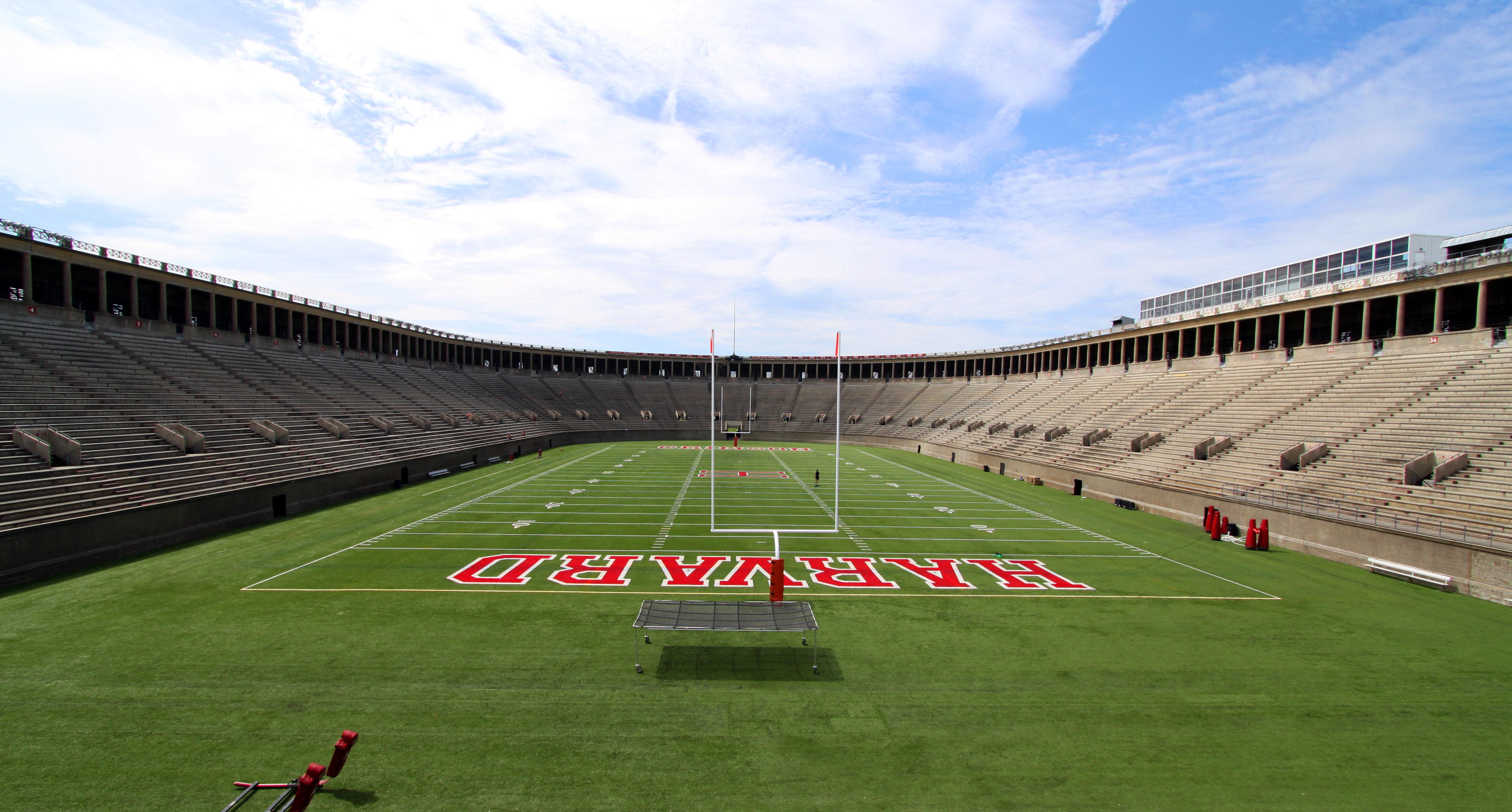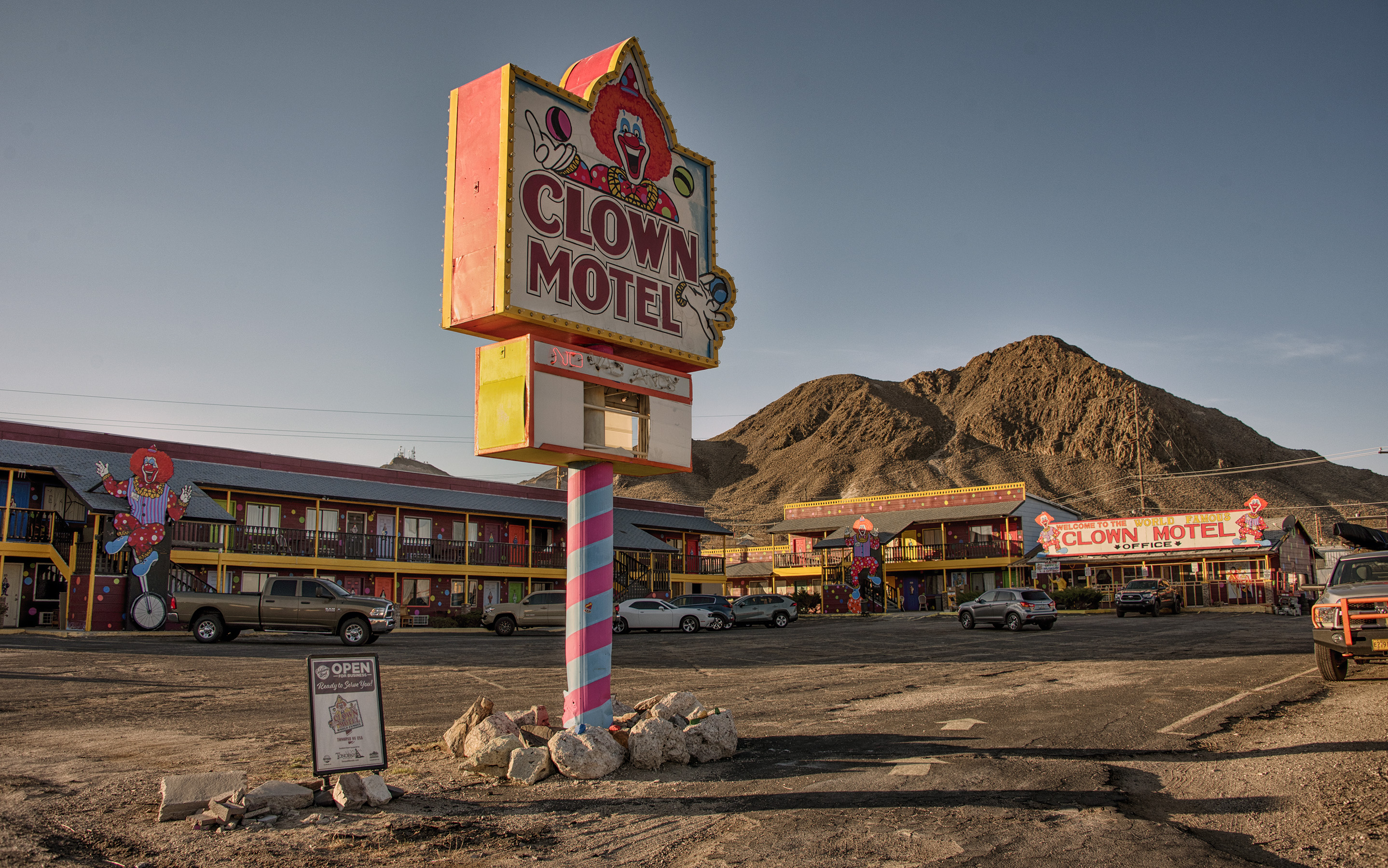12 Iconic College Stadiums That Are Older Than the NFL
Before the National Football League (NFL) was founded in 1920, college football had already built a deep and passionate following, with massive stadiums hosting thousands of fans and shaping the sport as we know it today. Some of these historic venues had already stood for decades before professional football even had a governing body. They witnessed the evolution of the game—from leather helmets and brutal, grind-it-out play styles to the modern spectacle of pageantry, strategy, and high-powered offenses. These stadiums aren’t just buildings; they are relics of a time when college football was the pinnacle of American sports. Their walls have absorbed over a century of triumphs, heartbreaks, and unforgettable moments, remaining as vital to the sport now as they were back then. This article explores 12 legendary college stadiums that predate the NFL’s founding in 1920, proving that before professional football became king, these stadiums were already shaping the game’s history.
1. Harvard Stadium (1903)

Harvard Stadium, nestled in the heart of Boston, is an architectural marvel and a cornerstone in the evolution of American football. Constructed in 1903, this stadium was the first large permanent arena for American college athletics and introduced the concept of reinforced concrete in stadium design. Its horseshoe shape became a blueprint for future stadiums, influencing the design of sports venues around the world. Harvard Stadium is not only significant for its architectural innovations but also for its role in shaping the rules of football. The forward pass, a now integral part of the game, was legalized partly due to the stadium's narrow field, which made running plays less feasible. This change revolutionized the sport, making it more dynamic and strategic. Harvard Stadium has hosted numerous historic games, including the first-ever Harvard-Yale matchup on its grounds, a rivalry that has become one of the most enduring in college sports.








